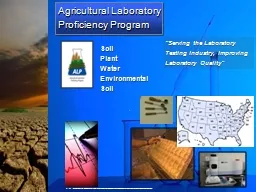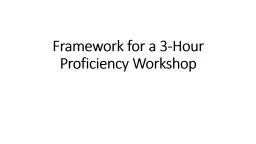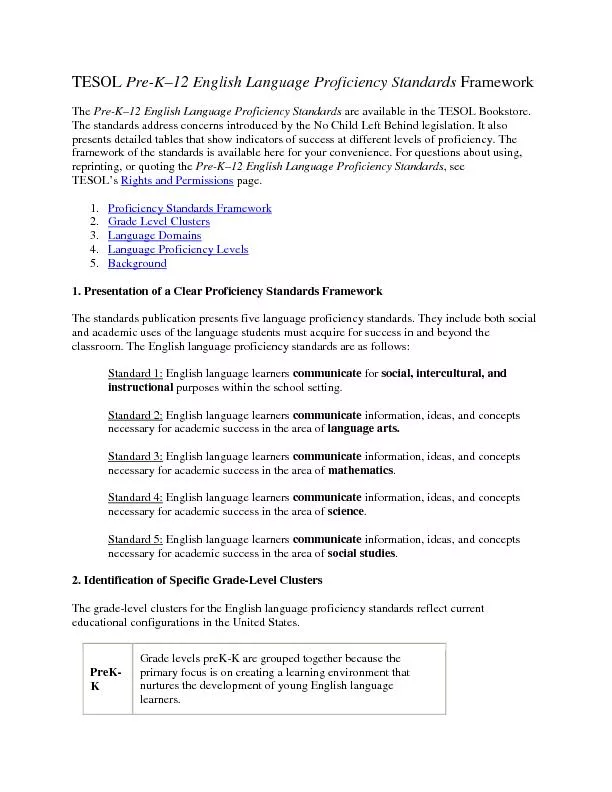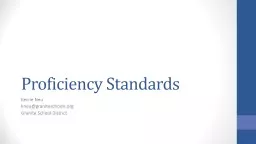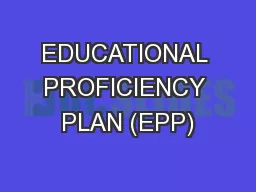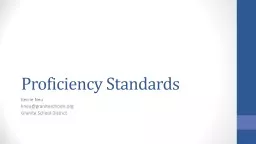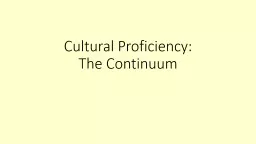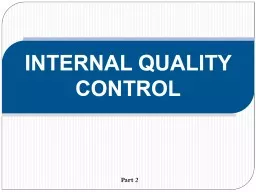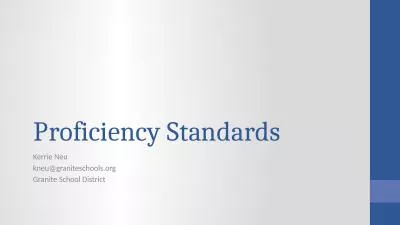PPT-Agricultural Laboratory Proficiency Program
Author : celsa-spraggs | Published Date : 2018-10-29
Soil Plant Water Environmental Soil Serving the Laboratory Testing Industry Improving Laboratory Quality httpsencryptedtbn0googlecomimagesqtbnANd9GcQUEaNPo6Ro9YgrJeJMUFRcMD5EUNJmgTtHq9CPw5XlAeCKqBZY
Presentation Embed Code
Download Presentation
Download Presentation The PPT/PDF document "Agricultural Laboratory Proficiency Prog..." is the property of its rightful owner. Permission is granted to download and print the materials on this website for personal, non-commercial use only, and to display it on your personal computer provided you do not modify the materials and that you retain all copyright notices contained in the materials. By downloading content from our website, you accept the terms of this agreement.
Agricultural Laboratory Proficiency Program: Transcript
Download Rules Of Document
"Agricultural Laboratory Proficiency Program"The content belongs to its owner. You may download and print it for personal use, without modification, and keep all copyright notices. By downloading, you agree to these terms.
Related Documents

